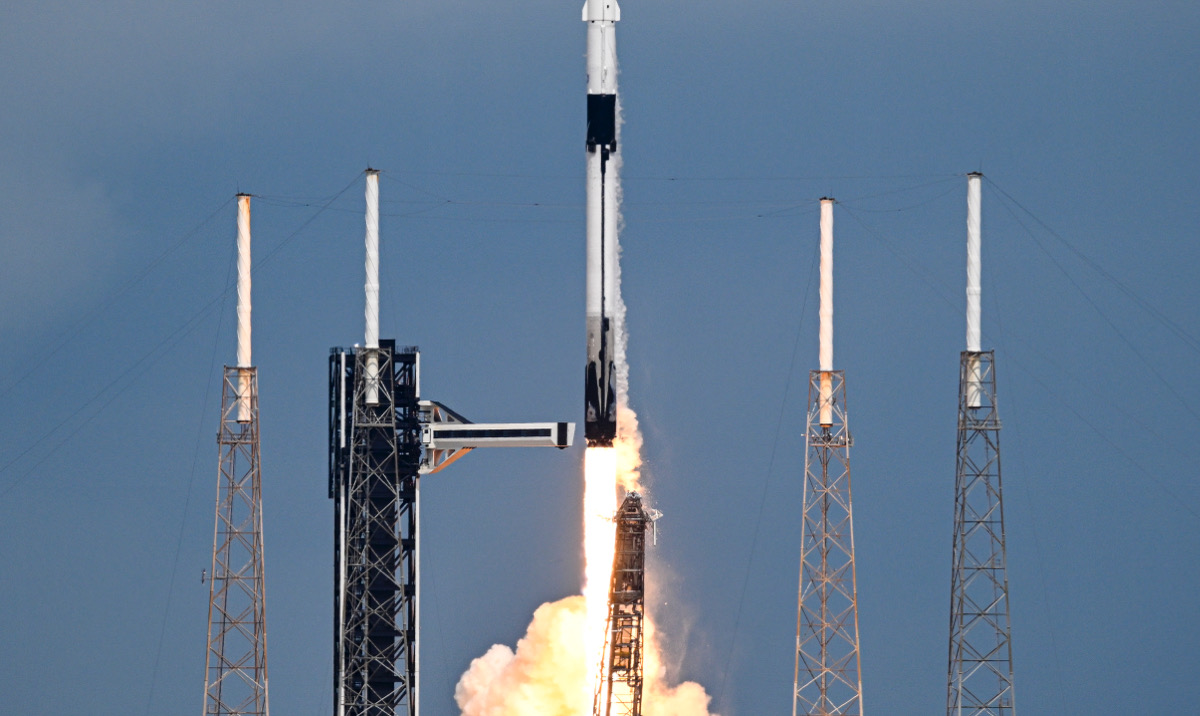NASA astronauts Suni Williams and Butch Wilmore have found themselves stranded at the International Space Station (ISS) for over 100 days longer than their original mission planned. With their return to Earth previously stalled, new measures have been put into action to ensure their safe homecoming.
SpaceX successfully launched its Crew-9 mission, which aims to facilitate the reunion of the stranded astronauts with the spacecraft that will ultimately bring them back to Earth. The launch took place at 1:17 p.m. ET this Saturday from Cape Canaveral Space Force Station in Florida, marking a milestone in their extended journey.
The launch was initially scheduled for Thursday but was postponed due to the impending threat of Hurricane Helene, which led mission teams to roll the spacecraft back into its hangar for safety. Once the hurricane passed, preparations resumed, allowing the launch to finally proceed as planned.
RELATED:Two Astronauts Who’ve Been Stuck In Space For 80 Days After 8-Day Trip Won’t Return To Earth Until February 2025
RELATED:Woman Scammed Out Of $30,000 Helping ‘Astronaut’ Return To Earth
More On The Process And Journey:
NASA typically rotates its ISS crews every six months. However, this latest mission includes two empty seats specifically reserved for Williams and Wilmore. Their return to Earth is not expected until late February 2025, as officials indicated that earlier options were not feasible without disrupting other planned missions, the Associated Press notes.
Their original commitment was for just a week when they participated in Boeing’s inaugural astronaut flight last June but experienced technical issues.
In light of recent technical challenges, including thruster malfunctions and helium leaks, NASA deemed Boeing’s Starliner too risky for crewed missions. As a precaution, the agency made the decision to remove two astronauts from this SpaceX launch to accommodate Williams and Wilmore on the return journey.
When they finally return, Williams and Wilmore will have spent an astonishing eight months in space.
Source







